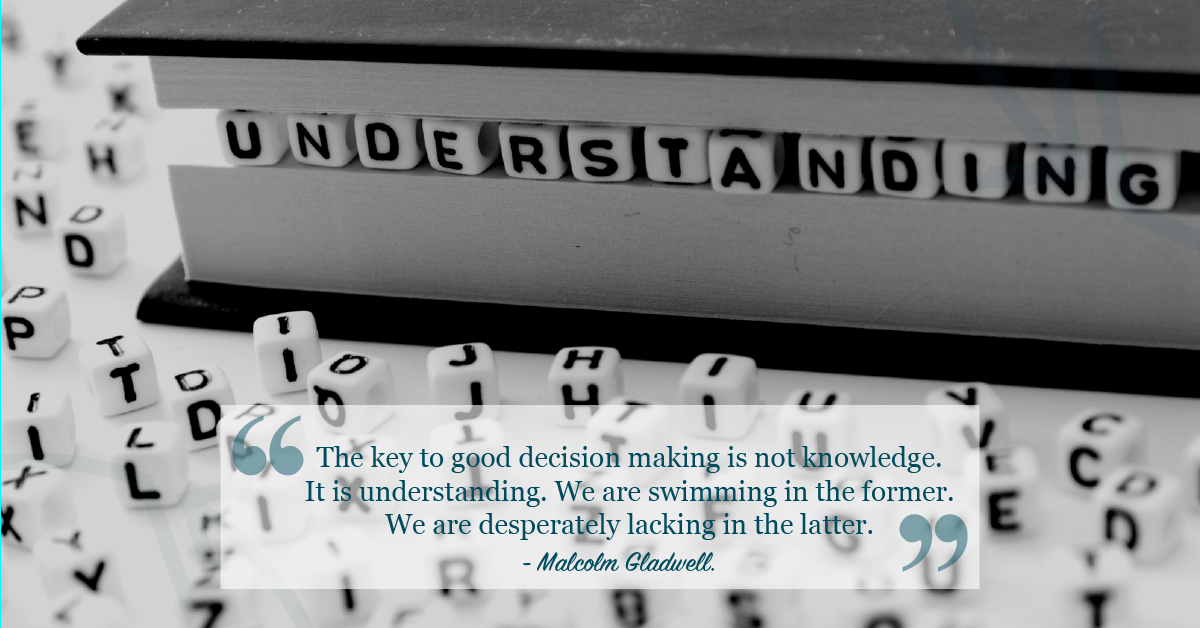
In business, as in nature, you are invisibly governed by unbreakable laws. Abiding by these laws will get you to where you want to go. Violating these laws will get you in trouble and you will end up losing, and quite possibly, on your own. These laws are your guiding principles, or better say, the underground and deep principles under which the visible pillars are based. But we need, first and foremost, to be aware of the one thing in your business that gives birth to all other disciplines.
Related: How to Welcome Change in Times of Chaos
The unique function of the business has changed dramatically in the last 100 years. Having this new understanding will make you relevant to what’s going on and what needs to be done. After World War I, the focus of the business was on manufacturing. Business was determined by how faster and cheaper you can get your product than your competitor. After World War II, emphasis shifted to finance. Business success was in the hands of the corporations that master buying and selling companies in order to get a high-yielding portfolio. The third business discipline which is key now is: marketing.
Does startup fail because of poor marketing strategies? The answer is: Yes. About 14% of startups fail because of the inability to market properly. That was one of the top 20 reasons, the 8th reason to be exact, behind the failure of startups, according to CBInsights. The 14% is the result of the “Post-mortems” that was written by founders and investors of nearly 300 startup failures. A lot of heated discussions followed declaring these reasons, especially the poor marketing reason. Most discussions touched the symptoms and attributed failure to not applying the 4Ps or even 7 Ps visible pillars of marketing. But, for me, the problem goes deep down and the search got to be dogged into the root cause of this problem. The root cause is violating the 4 guiding and foundational principles of running a thriving and sustainable business.

The first principle is to study your customers the way Sutton did. When bank robber, Willie Sutton was asked by a reporter about why he robbed the bank, his answer was: “that’s where the money is.” Likewise, when any astute marketer is asked a naïve question like: why you are exerting such effort in understanding customers? The answer should be: “That’s where the money is.” Customers are the ones who have the money that will get your business going; the thing that will pay your employees their salaries, the source that gets the shareholders the return of their investments, and above all, what will make you rich.
Today’s age has begot a different customer than the one we know years earlier. Today’s customer is more exposed and is less influenced by perceived value. What he needs is values. Today’s customer is yearning for more recognition, more trust, more fairness, and more honesty that should come from the value provider. Customer’s values - the intangibles - come before the value your offer. That’s the customer’s way – or the highway. This is the first guiding principle.
Your business destinationis your second guiding principle. The purpose should be to help more people live better through the product or service offered; and, in the process make more money to reward those who made those people life better; namely, product owner, employees, shareholders, and stakeholders. That purpose is the why you exist, and the intention to make this happen, is the how. You are waking up, every single day with an intention to do whatever it takes to manifest this purpose. Your intention is the energy that puts everything forward.

The third foundational principle isthe direction you must take to reach that destination. That’s how strategy comes into play. Your strategy is your road map to reach your destination. Your strategy is how to compete in such a crowded marketplace because entrenched competitors are competing to win that customer as well. The winner is the one who understands the customer better so much so that when the product is ready and manifested in front of the customer, the customer yelled: “Yup, that’s what I want.” That’s the sole aim of marketing, as Peter Drucker once declared,” To know and understand the customer so well that the product or service fits him and sells itself.”
The fourth foundational principle ispositioning yourself. This is how to build a brand and create an image in the mind of your customer through differentiating yourself. You won’t win the positioning game in the physical world by placing your product on the shelf but by carving it into your customers’ minds. Your aim is to develop a unique differentiation in order for the customer to feel that you are different, better, and special. Your brand must be founded on the principle of communicating your differentiation in parallel with cost. Remember, the two sides of the transaction go hand in hand because differentiation comes with a higher price. The marketer’s task is how to be differentiated without being expensive comparing to competitors? Balancing the two keeps your business going and thriving.
Founding your business on sound and foundational principles will keep it sustainable over time. Marketing gets your business going and sticking to its guiding principles will surely keep it thriving. Abide by the four principles of fully understanding your customer, having fixed destination of helping him lead a better life, formulate a thought-out road map to get to that destination, and communicate how you are different and special in understanding his inarticulate needs. Violate these principles at your own risk!



